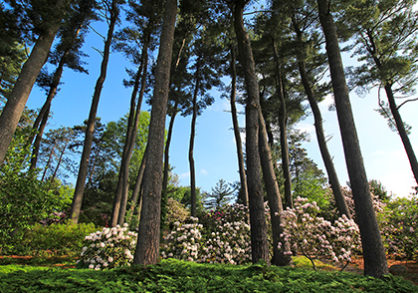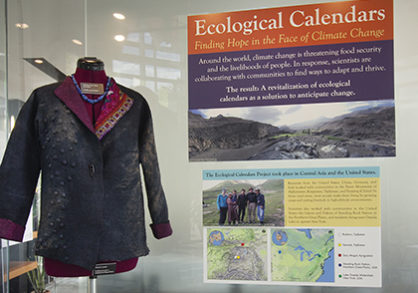The invasive emerald ash borer has killed millions of ash (Fraxinus spp.) trees in North America since the insect arrived in the U.S. in 2002. This exhibit showcases how this invasive pest has upset the intricate relationships ash trees have with the world around them and how the loss of these trees has impacted Haudenosaunee communities, Indigenous people to this area.
The exhibit was created by graduate student Bailee Hopkins-Hensley, who is passionate about the connections that Indigenous communities have to the species that sustain them.
More about Bailee

